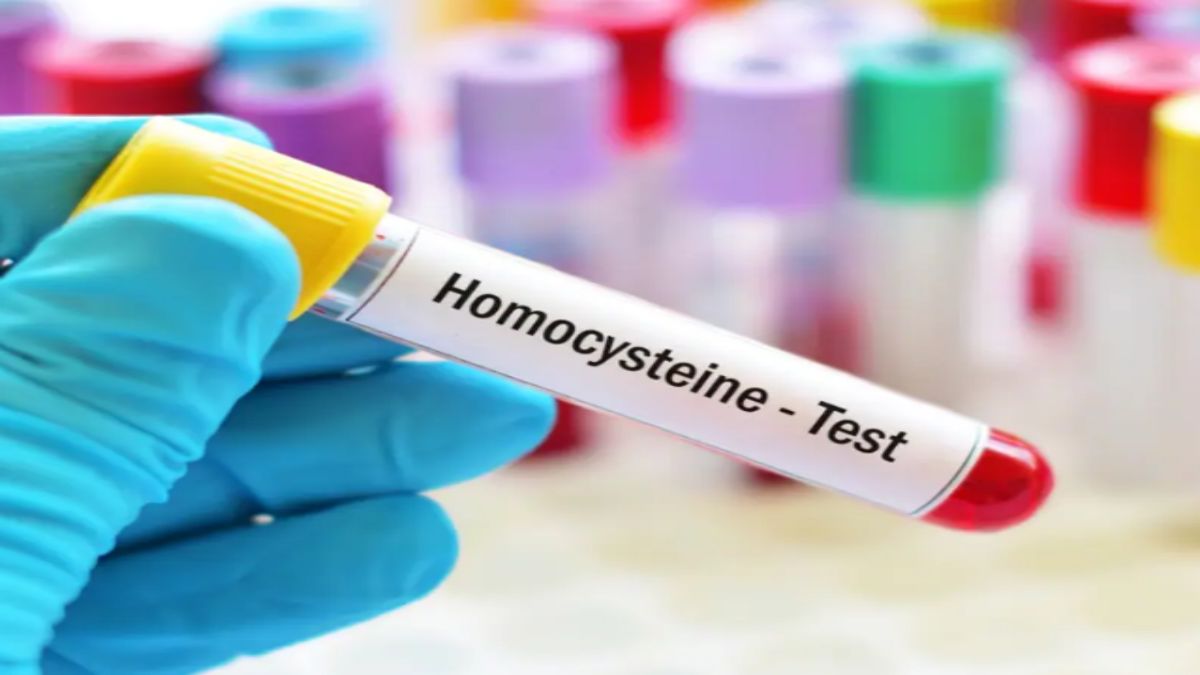Understanding omocisteina umoli/l 17.46
Lab results can leave many adults puzzled especially when they encounter values like omocisteina umoli/l 17.46. This guide dives into what this measure means, why it matters, and how to keep homocysteine levels in check for better health outcomes.
What is Homocysteine and Why Does it Matter
Homocysteine is an amino acid formed from methionine metabolism. Elevated homocysteine levels are linked to heart disease, stroke, cognitive decline, and bone health issues. Normal levels typically fall below 15 umol/L. Thus, a reading of omocisteina umoli/l 17.46 suggests elevated homocysteine that warrants attention.
Breaking Down omocisteina umoli/l 17.46
omocisteina umoli/l 17.46 represents the concentration of homocysteine in the blood at 17.46 micromoles per liter. Tests measure this to assess cardiovascular risk, vitamin deficiencies, and genetic conditions.
Causes of Elevated Homocysteine
Several factors can elevate homocysteine levels:
-
B-vitamin deficiencies (B6, B9-folate, B12)
-
Kidney disease affecting elimination
-
Genetic mutations like MTHFR variants
-
Lifestyle factors such as smoking, alcohol, high-protein diet, and sedentariness
Health Risks Associated with omocisteina umoli/l 17.46
When homocysteine surpasses normal limits, it can:
-
Damage blood vessels and elevate clot risk
-
Raise chances of heart attack and stroke
-
Impair memory and cognitive function
-
Impact bone density and increase dementia risk
Symptoms to Watch For
Elevated homocysteine may not cause clear symptoms but could coincide with:
-
Fatigue and mood changes
-
Tingling or numbness in limbs
-
Pain or inflammation in joints
-
Early signs of cardiovascular issues
Recommended Lab Tests
Beyond measuring omocisteina umoli/l 17.46, providers may suggest tests for:
-
B12, B9 (folate), B6 levels
-
Kidney function (creatinine, eGFR)
-
Genetics (MTHFR mutation)
-
Lipid and cardiovascular panels
Interpretation of omocisteina umoli/l 17.46
A result of omocisteina umoli/l 17.46 is considered mildly to moderately high. Your healthcare provider will evaluate it alongside medical history, diet, lifestyle, and potential genetic factors.
Lifestyle and Dietary Strategies
To manage and reduce homocysteine levels:
-
eat leafy greens, beans, citrus fruits
-
boost B-vitamins through diet and supplements
-
manage stress via mindfulness or exercise
-
stop smoking and limit alcohol
-
stay active with regular cardio
-
drink water and support kidney health
Supplement Options
Supplements may include:
-
Folate (400–800 mcg daily)
-
Vitamin B12 (500–1000 mcg daily), especially for vegans
-
Vitamin B6 (25–50 mg)
-
Betaine and trimethylglycine in some cases
Always check with a provider before starting supplements.
Monitoring and Follow‑Up
Regular re‑testing is essential. Expect follow‑up tests 8–12 weeks after lifestyle or supplement changes. Aim for homocysteine below 15 umol/L for optimal cardiovascular health.
When to See a Specialist
Consult a specialist if:
-
Levels remain high despite interventions
-
You have recurrent blood clots or family history of heart disease
-
Genetic mutations like MTHFR are present
Integrating Holistic Care
Combine medical treatment with healthy habits:
-
Sleep well and manage stress
-
Maintain a healthy weight
-
Control chronic conditions like blood pressure or diabetes
Impact Across Stages of Life
-
Young adults: Elevated risk impacts long-term heart health
-
Pregnant women: High levels risk neural tube defects
-
Older adults: Can worsen cognitive health and fracture risk
Summary Table – Key Insights
| Topic | Details |
|---|---|
| omocisteina umoli/l 17.46 | Mild-to-moderate elevation above normal range |
| Risks | Cardiovascular, neurological, bone concerns |
| Causes | Genetics, vitamin deficiencies, lifestyle |
| Management | Diet, supplements, exercise, lifestyle changes |
| Follow-up | Recheck after ~2–3 months, adjust plan as needed |
Conclusion
A result of omocisteina umoli/l 17.46 indicates elevated homocysteine requiring action. With improved diet, appropriate supplementation, and medical care, levels can be managed effectively. This proactive approach supports long-term health, reducing risks related to heart and brain function.
Frequently Asked Questions (FAQs)
1 What is a normal homocysteine range?
Normal is under 15 umol/L. Numbers like omocisteina umoli/l 17.46 indicate mild to moderate elevation.
2 Can diet alone correct elevated homocysteine?
Diet rich in B vitamins is often enough for mild cases, especially when combined with lifestyle changes.
3 How often should I retest?
Typically every 8 to 12 weeks after starting changes.
4 Are high homocysteine levels genetic?
Yes, MTHFR and other gene mutations can contribute.
5 Is there a symptom linked to high homocysteine?
Often none, but fatigue, numbness, or early cardiovascular signs can appear.
6 Can children have high levels?
Yes, especially if genetically predisposed. Both diet and genetics play a role.
7 Should pregnant women be concerned?
Elevated homocysteine can pose risks for fetal development, so monitoring and supplements are essential.
8 Does exercise reduce homocysteine?
Yes, regular physical activity supports healthy levels.
